Cantonese Roast Duck Simplified for Home Kitchens
42 min read Master a simplified Cantonese roast duck with crispy skin at home, featuring accessible ingredients, step-by-step prep, and oven-friendly techniques that honor tradition without specialty equipment. October 23, 2025 07:05
The scent hits before you see the lacquer: a warm, sweet-savoury perfume that smells like caramelized citrus peel, toasty spice, and gently smoky meat. If the day is rainy, the aroma travels farther, turning the hallway outside the kitchen into a Guangzhou backstreet for a moment. There is a particular sound, too—the papery crinkle as a roast duck’s skin answers the knife. Cantonese roast duck is theatre, comfort, and craftsmanship rolled into one bird, but it’s also something you can coax from a home oven with a little patience and a few smart tricks.
What Makes Cantonese Roast Duck Different
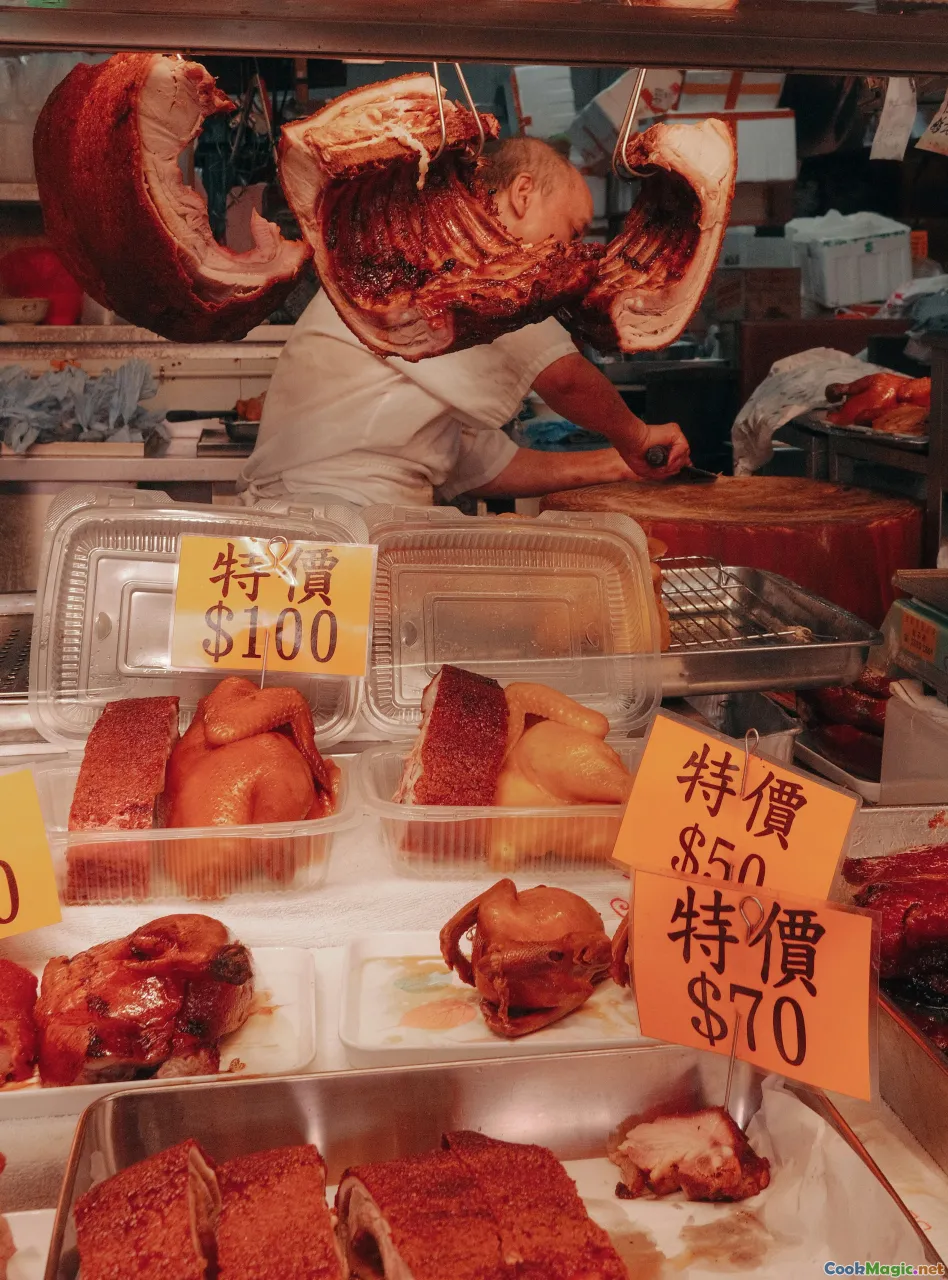
Cantonese roast duck belongs to the family of siu mei—Cantonese roast meats that glow in shop windows across southern China and Hong Kong. Unlike the famous Beijing roast duck that parades with crisp skin carved separately and eaten with pancakes, Cantonese roast duck is about balance: crisp yet tender skin, juicy meat that tastes of spices and soy depth, and a glaze that leans sweet-savory with a gentle tang.
Spices are the key. The Cantonese pantry reaches for star anise, cassia (Chinese cinnamon), dried tangerine peel (chen pi), clove, and sometimes sand ginger (sha jiang). There’s no heavy smoke, no assertive northern-style sesame or scallion explosions—just a warm, resinous perfume woven into the meat. The classic lacquer comes from maltose syrup loosened with vinegar and rice wine, creating that glassy, chestnut-brown shine you see in the windows of Wan Chai’s Joy Hing Roasted Meat or the bustling siu mei counters of Guangzhou’s Tao Tao Ju.
Where Beijing-style roast duck can be almost architectural—skin crisp like glass and cut to emphasize that shatter—the Cantonese version is hospitable. It wants rice. It loves a dip of tart plum sauce. It’s meant to anchor a family table scattered with gai lan slicked in oyster sauce, a clay pot of rice with crispy bits, and maybe a bowl of chrysanthemum greens soup.
A Memory from the Roast Stall

The first time I ordered roast duck on my own in Hong Kong, I had to almost shout over the staccato thwack of two cleavers. At Joy Hing in Wan Chai, the butcher moved fast. He saw me hover and pointed with the tip of his knife: breast or leg? I said “leg” and he smiled in approval, grabbed a bird with skin that lit up like mahogany under fluorescent lights, and set it under the blade. The cutting was music—wet sounds, a quick sequence of thumps as the bones gave way cleanly, a faint crunch as the skin cracked. The platter arrived with a gloss that seemed painted on. I tasted first with my nose: clove, something floral, the slight tang of vinegar in the glaze. The juice ran onto the rice like a sauce you couldn’t bottle.
That bite taught me what the Cantonese roast duck wanted to be: not intimidating, not reserved for celebratory dinners, but a weeknight miracle when served over plain white rice and a quick stir-fried vegetable. It’s the dish I missed when I moved away. It’s the dish I learned to adapt in a home kitchen because nostalgia can be stubborn—and because a lot of flavor hides in accessible techniques.
Flavor Architecture: Spices, Citrus, and Umami

Cantonese roast duck tastes like layers. Consider those layers and you can recreate them without restaurant gear:
- Base savoriness: light and dark soy sauce, a touch of oyster sauce, salt. They season the meat and help it hold onto moisture.
- Warming spice: star anise’s licorice, cassia’s gentle sweet heat, clove’s floral power, and a pinch of ground coriander. Some cooks add a thumbnail of licorice root for roundness. Keep this subtle—Cantonese cooking values elegance.
- Citrus lift: dried tangerine peel (chen pi) is the signature. Its bitter-orange perfume cuts through richness and perfumes the cavity. If you can’t find it, use the zest of a fresh mandarin plus a scrape of bitter white pith, dried on a radiator or in a low oven for ten minutes.
- Fermented umami: a small cube of red fermented bean curd (nam yu) or a spoon of chu hou paste (a savory, slightly sweet soy-based paste) does wonders, lending depth and a ruddy undertone to the glaze.
- Sweet-tart lacquer: maltose syrup (thicker than honey) mixed with rice vinegar, a splash of rice wine, and sometimes red yeast rice powder for color. The glaze dries to an attractive shine and encourages crispness.
Ingredients: The Market List, with Purpose

Here’s a focused list for one medium duck (2.2–2.6 kg / 4.8–5.7 lb). Even with honorable substitutions, you can stay true to Cantonese character.
The duck
- 1 whole duck, 2.2–2.6 kg (look for Pekin/Long Island for even fat; Moulard runs larger and richer)
- Kosher or coarse sea salt, about 2 tbsp total
Marinade (for the cavity and light brushing)
- 2 tbsp light soy sauce
- 1 tbsp dark soy sauce
- 1 tbsp Shaoxing wine (or dry sherry)
- 1 tbsp oyster sauce
- 1 tsp five-spice powder (ideally freshly blended; otherwise a reliable brand)
- 1 tsp ground coriander
- 2 whole star anise
- 1 small stick cassia/cinnamon
- 2 cloves
- 1 tsp sand ginger (optional)
- 2 tsp sugar
- 2 thin slices dried tangerine peel (or zest of 1 mandarin, dried)
- 1 cube red fermented bean curd (nam yu), mashed (optional but recommended)
- 3 coins fresh ginger
- 2 scallions, knotted
Glaze
- 3 tbsp maltose syrup (or 2 tbsp honey + 1 tbsp light corn syrup)
- 2 tbsp rice vinegar (plus 1 extra tbsp for scalding water)
- 1 tbsp Shaoxing wine
- 1 tsp light soy sauce
- 1 tsp red yeast rice powder (optional, for color)
For scalding and drying
- 2–3 liters water
- 1 tbsp rice vinegar
- 1 tbsp light soy
- 1 tbsp sugar
- 1 tsp baking soda (helps with skin pH and crisping)
For the roasting pan
- 2 cups hot water
- 3 slices ginger
- 2 scallions
- 1 star anise
Sauces (pick one or make all)
- Cantonese plum sauce: store-bought is fine; or simmer 6 dried Chinese plums with 2 tbsp sugar, 1 tbsp vinegar, a splash of soy, and water to thin; mash and strain
- Kumquat sauce: 10 kumquats, cross-cut and seeded; simmer with 2 tbsp sugar, 2 tbsp rice vinegar, and 1 tsp light soy until jammy
- Ginger-scallion dip: 2 tbsp very finely minced ginger + 2 tbsp finely sliced scallion + 1/2 tsp salt, scalded with 3 tbsp smoking-hot neutral oil
The Simplified Home Method: Step-by-Step

This method respects Cantonese principles but sticks to gear you likely own. No hanging oven rods, no industrial blowers—just a rack, a fan (optional), and time.
- Prep and dry
- Trim the duck of loose fat around the cavity. Remove any remaining pinfeathers with tweezers.
- Rinse lightly under cold water and pat bone-dry with paper towels, especially the skin.
- Massage 1 tbsp salt over the skin and inside the cavity. Let sit 20 minutes while you assemble the marinade.
- Marinade the inside
- Combine the marinade ingredients. Spoon half into the cavity; rub gently to coat. Insert the ginger, scallions, star anise, cinnamon, clove, and tangerine peel inside.
- Use the remaining half to brush lightly over the back and sides of the duck—avoid soaking the skin too much. Wipe off any excess pools; you want the skin as dry as possible.
- Stitch or skewer the cavity closed if you can; this keeps aromatic steam inside.
- Scald the skin
- Bring 2–3 liters water to a boil with 1 tbsp vinegar, 1 tbsp light soy, 1 tbsp sugar, and 1 tsp baking soda.
- Set the duck on a rack over a sink. Ladle the hot liquid all over it until the skin tightens and goes slightly tacky, about 2–3 minutes total. This step helps render fat and sets you up for crispness.
- Drying time
- Place the duck, breast side up, on a wire rack over a tray. Refrigerate uncovered 12–24 hours. If you have a small fan, run it intermittently near the duck for an hour at the beginning to speed the formation of a dry pellicle. No fan? Just time. Rotate the tray halfway through drying.
- Glaze application
- Gently warm the maltose in a small pan with vinegar, wine, soy, and red yeast rice powder if using, just until fluid. Brush a thin coat on the duck skin. The coat must be whisper-thin—it should look shiny, not sticky. Too much glaze will blister or burn.
- Return to the fridge for another 1–2 hours to set.
- Roasting setup
- Preheat the oven to 220°C / 425°F (200°C / 400°F convection) with a rack in the lower-middle position.
- In a roasting pan, set a shallow rack and add 2 cups hot water, ginger, scallion, and a star anise to the pan (not touching the duck). The water catches drips, moisturizes the oven air, and keeps the sugar in the glaze from scorching.
- Place the duck breast side up. If your oven can handle it, angle the duck slightly by tucking a halved onion under the neck to encourage fat to render off the back.
- First roast: color and skin set
- Roast 20 minutes. The kitchen should smell like warm spices and caramel.
- Reduce heat to 175°C / 350°F (160°C / 325°F convection). Roast another 40 minutes.
- Flip and baste (optional but effective)
- Carefully flip the duck breast side down using tongs and a spatula. Brush any pooled fat over the back; thinly touch up with glaze if the color looks pale. Roast 20 minutes.
- Final crisp and finish
- Flip back to breast side up. Increase heat to 200°C / 400°F for the last 15–20 minutes to set the skin and deepen color. If the wing tips darken too fast, cover them with foil.
- Target internal temperature at the thickest part of the thigh: 73–75°C / 165–167°F. The juices should run clear and smell deeply savory.
- Rest
- Rest the duck on a wire rack 20 minutes. The skin will feel taut like parchment; the meat will relax and hold its juices.
A Timeline You Can Live With

Thursday evening
- Buy duck. Mix marinade. Dry tangerine peel if needed.
Friday morning
- Trim, salt, marinade cavity. Scald skin. Fridge to dry.
Friday evening
- Brush glaze. Chill to set. Prep sauces.
Saturday lunchtime
- Roast. Rest. Carve. Eat.
This timeline keeps the work in small, satisfying bursts. The longest step is the drying, which your fridge handles while you go on with life.
Glaze Science: Maltose, Vinegar, and the Secret of Shine
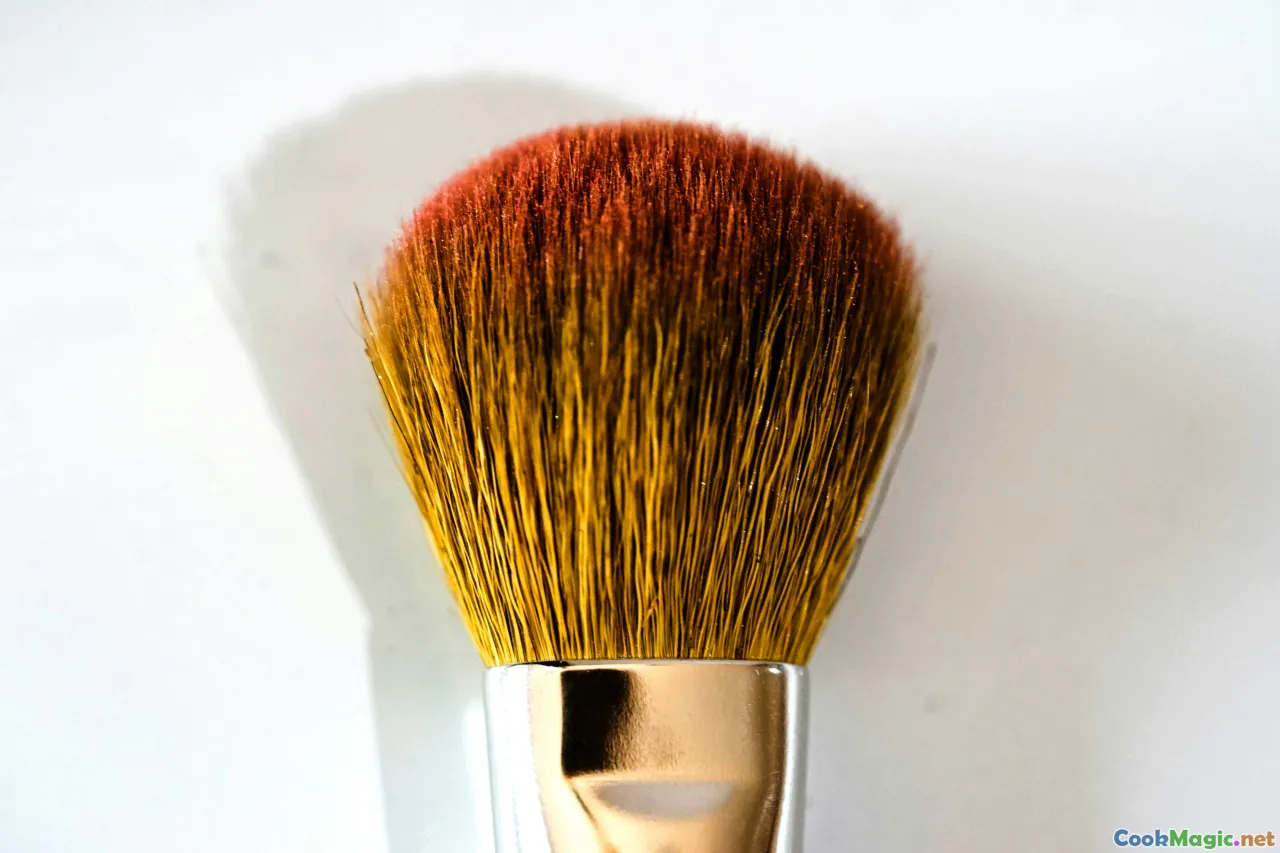
Maltose behaves differently from honey. It’s denser, less sweet, and more prone to forming that candy-hard sheen you want. Mixed with rice vinegar and wine, it creates a thin syrup that tightens and dries, helping the skin crisp without burning. In restaurant kitchens, chefs sometimes paint the duck several times as it dries, building layers. At home, one thin coat before roasting does the job; you can thinly touch up pale spots mid-roast if you know your oven’s hot spots.
If you can’t find maltose, a blend of honey and light corn syrup approximates the gloss while preventing over-browning. Vinegar is non-negotiable—it keeps the sugar from tasting flat and coaxes that appetizing tang you smell in good siu mei shops. A pinch of red yeast rice powder deepens color naturally; if you skip it, don’t fret. The duck will still roast to a handsome chestnut given patience.
Home-Oven Hacks and Gear Substitutions

- Air equals crisp: The more airflow around the duck, the better. A wire rack over a sheet pan beats a solid roasting pan. If your oven has convection, use it for part of the roast.
- Fan assist: A small desktop fan aimed near (not directly on) the duck in the fridge accelerates the pellicle formation. Ten to thirty minutes can make a difference.
- Hair dryer trick: Hotels and siu mei shops sometimes use fans or blowers. At home, a cold-air setting on a hair dryer waved over the duck for a minute or two can help dry stubborn spots before glazing.
- Steam control: Don’t tent the duck. Steam softens the skin. The shallow water pan should not touch the bird; it’s there to moderate the oven environment, not steam it.
- Grease guard: Place a tray of salt on the lower rack beneath the duck to catch drips. The salt absorbs fat and minimizes smoke.
- Kitchen twine vs. skewers: If stitching the cavity isn’t your thing, tie the legs together and pin the skin flap with toothpicks to trap aromatics inside.
Carving: Plate Like a Proper Siu Mei Master
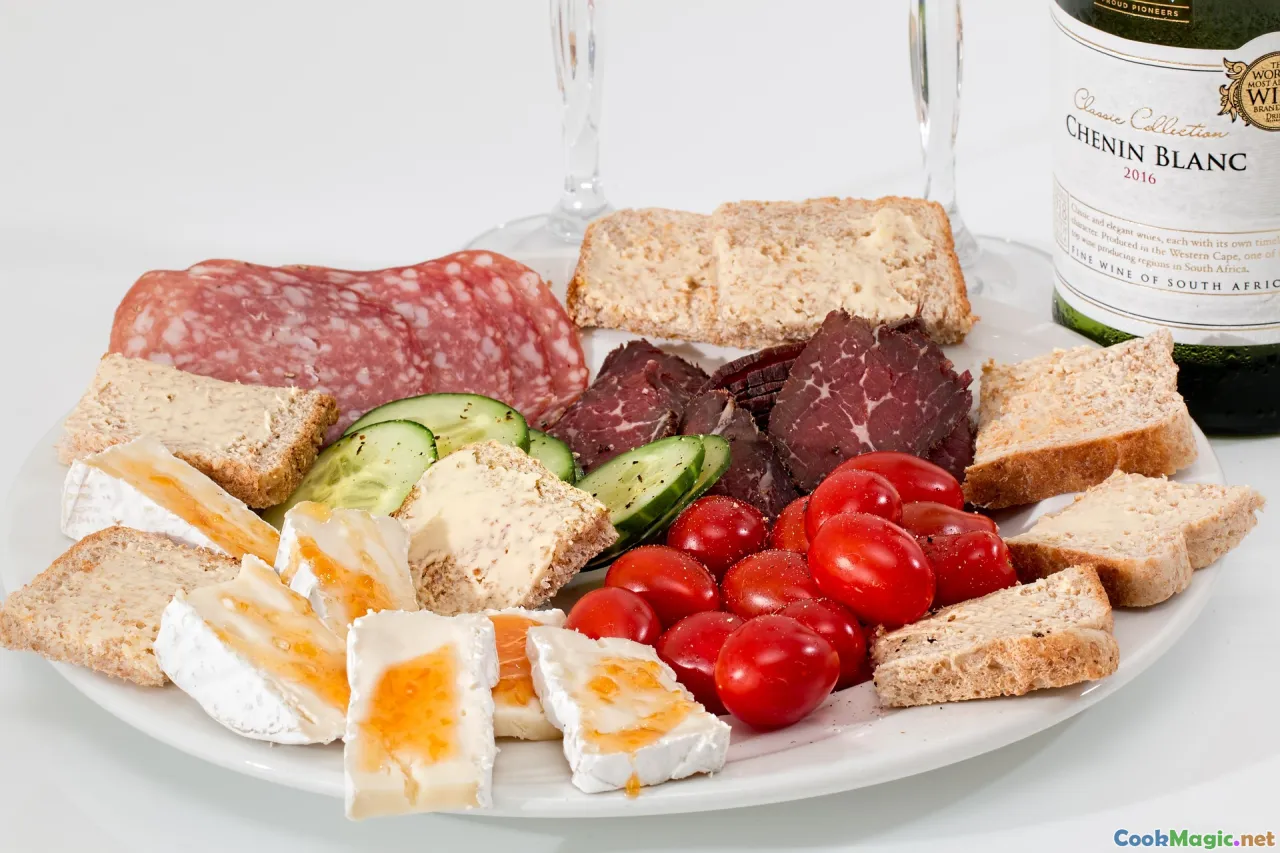
Cantonese carving keeps skin attached to meat in generous slices. You want a mix of textures on each bite. Here’s a simple way:
- Pull out the aromatics from the cavity (save the star anise for your soup pot). Tilt the duck to drain any juices onto your carving board—this liquid gold will slick your rice.
- Remove the legs: Cut through the skin between thigh and breast, then pop the joint and slice cleanly. Separate drumsticks from thighs along the joint.
- Wings come next: A quick cut at the joint.
- Breast slices: Run your knife down the keel bone to free one lobe, then slice across the grain into 1 cm (3/8-inch) slices, preserving as much skin as possible per slice.
- Arrange on a warm platter, skin-side up, drizzle with a spoon of the pan juices, and serve immediately with bowls of sauce.
Aim for audible crackle when your knife meets the skin. If you’ve dried and roasted well, you’ll hear it.
Sauce Companions: Plum, Kumquat, and Ginger-Scallion

- Plum sauce: The Cantonese default is sweet-and-tart, with depth from fermented plums. Think apricot jam with a soy-soaked soul. Good store-bought versions are abundant; warm it gently to release aroma. Homemade: simmer dried Chinese plums (or prunes) with sugar, vinegar, soy, and a star anise; blend and strain.
- Kumquat sauce: Bright and seasonal. Kumquats bring floral bitterness that resonates with the chen pi in the duck. Simmer cross-cut kumquats with sugar and vinegar until saucy; the peel becomes candy-soft, the syrup glossy.
- Ginger-scallion: Borrowed from roast goose stalls of Sham Tseng, this is about punch. Minced ginger and scallion shocked with hot oil bloom into a neon-green paste that cuts right through duck fat. A sprinkle of salt and it’s done.
Serve sauces in small bowls; they’re accents, not blankets. The duck’s own drippings are arguably the best sauce of all.
What to Serve Alongside
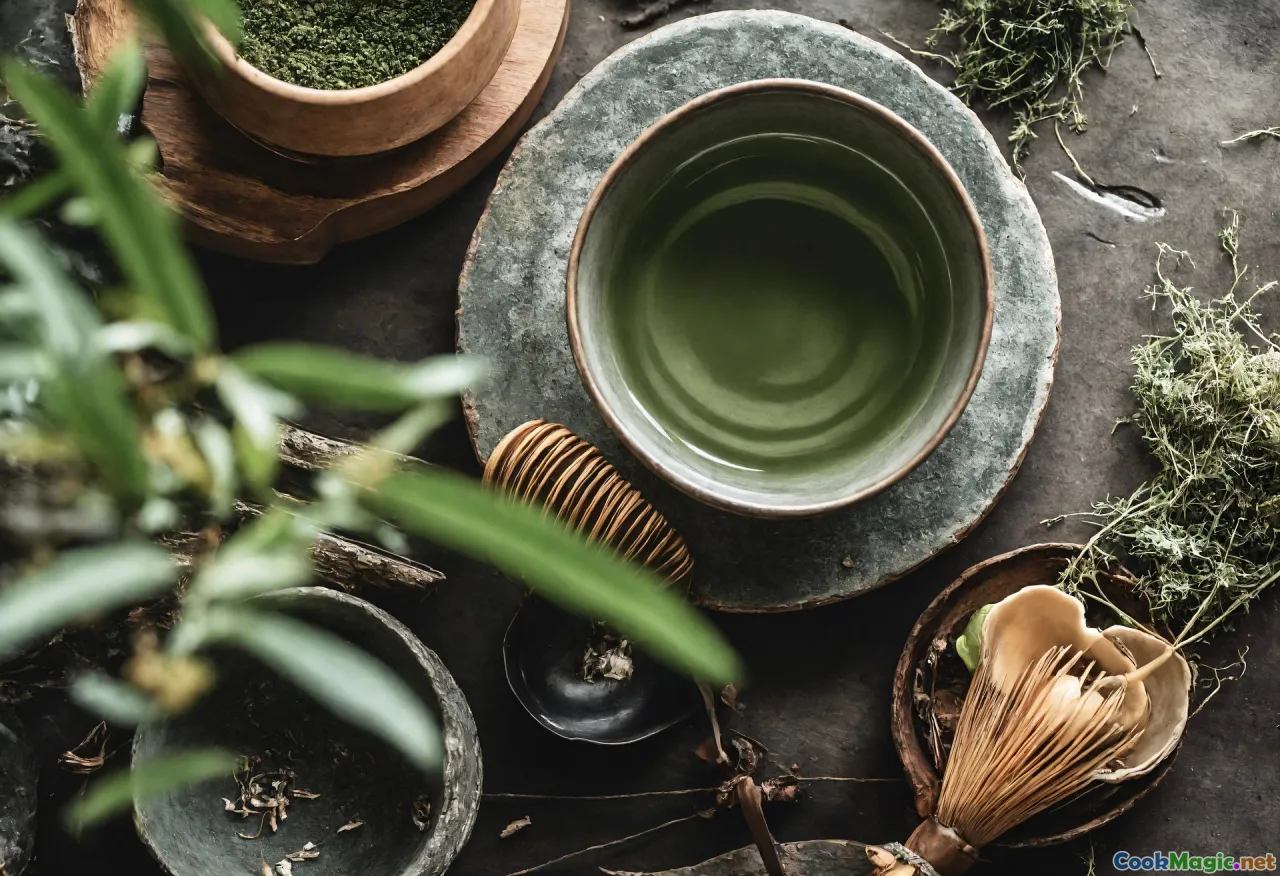
- Rice: Plain jasmine rice. The quiet sweetness welcomes the duck juices. If you want texture, cook a claypot rice with a golden bottom crust (fan jiu) and ladle the duck over it.
- Greens: Gai lan with oyster sauce and crisp garlic. Or stir-fry snow pea shoots (dou miao) with ginger until squeaky-tender.
- Soup: Clear broth with chrysanthemum greens, ginger, and a few goji berries to cleanse the palate.
- Tea: A pot of shou pu’er or tieguanyin oolong. Pu’er’s earthy depth stands up to fat; tieguanyin’s florals echo the spices.
- Pickles: Quick-pickled daikon and carrot with rice vinegar and sugar cut the richness and add crunch.
Leftovers Worth Waiting For
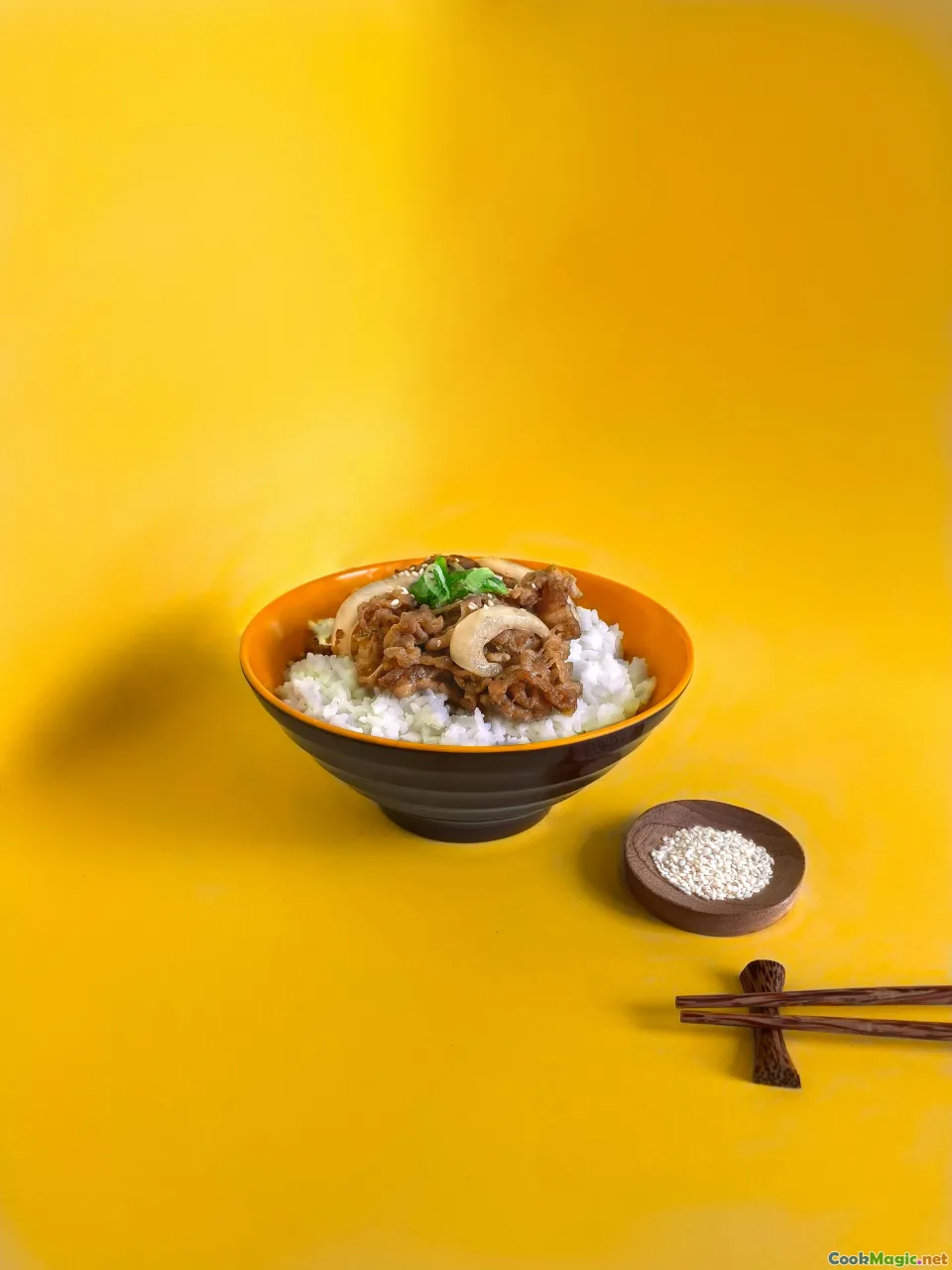
When the platter empties and only bones remain, the duck’s second life begins.
- Daikon duck soup: Roast bones in a 200°C / 400°F oven for 20 minutes. Simmer with ginger, white pepper, and chunks of daikon until the radish turns sweet and translucent. The broth will be tawny and aromatic, like a winter scarf.
- Duck fried rice: Shred leftover meat. Fry day-old rice hard in duck fat with garlic chives, a spoon of diced pickled mustard stem (zha cai), and a splash of light soy. Fold in beaten egg and the duck at the end. Finish with white pepper.
- Lettuce wraps: Warm shredded duck in a pan with a spoon of hoisin, a pinch of five-spice, and a squeeze of orange. Spoon into crisp iceberg leaves with sliced cucumber.
- Congee comfort: Boil the carcass to a light stock; add rice and cook until the grains bloom. Top with scallion, white pepper, and a drizzle of soy.
Buying the Duck: Breeds, Weight, and Ethics
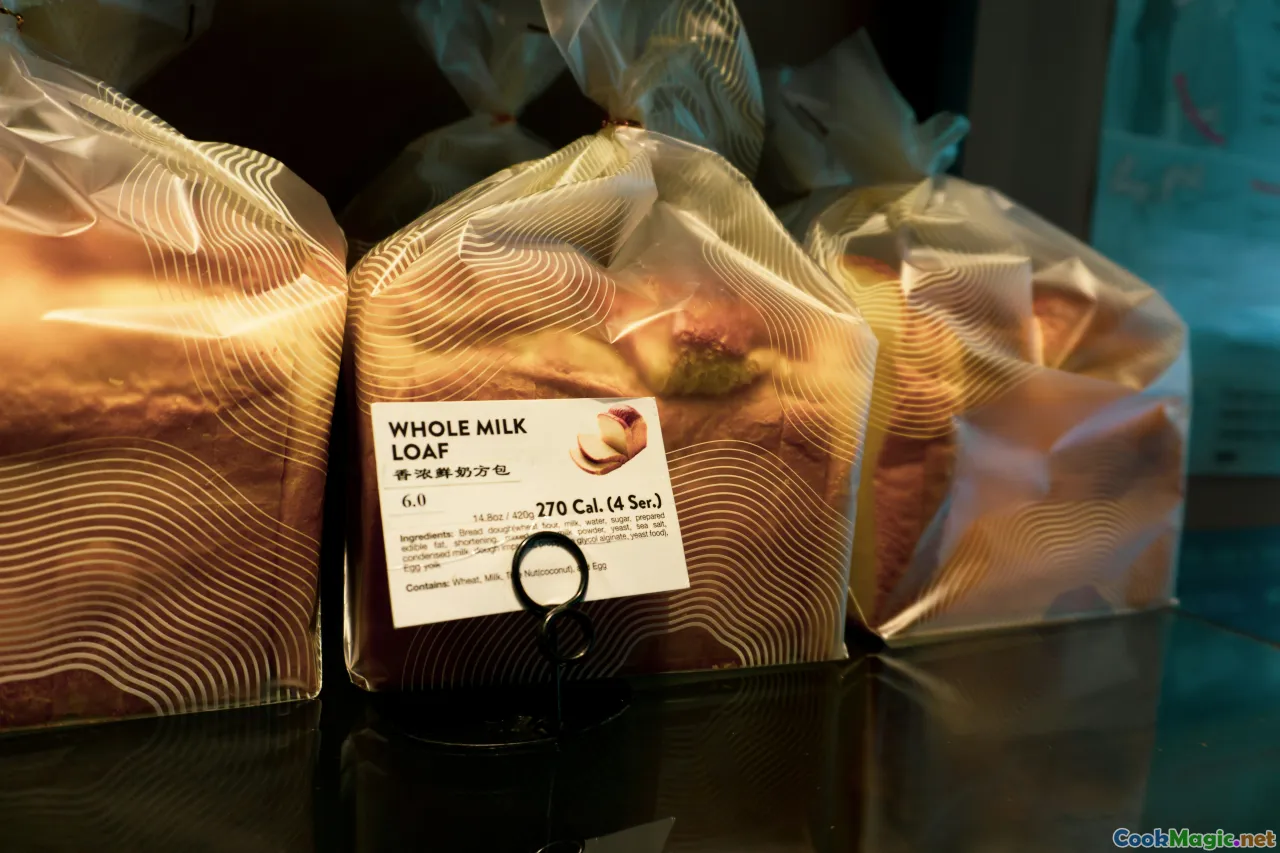
- Breed and age: Pekin ducks are classic—mild, evenly fatty, and medium-sized. Moulard (mule) ducks run larger with deeper flavor; adjust roasting time accordingly. Muscovy runs leaner and can dry out; not ideal for a first attempt.
- Weight: Aim for 2.2–2.6 kg (4.8–5.7 lb). This size dries and roasts evenly in a home oven without wrestling.
- Fresh vs. frozen: Frozen is fine. Thaw in the fridge for 48 hours. Pat dry thoroughly.
- Ethics and sustainability: Look for producers who air-chill and avoid unnecessary antibiotics. At farmers’ markets, ask about feed and space. Well-raised ducks have clean fat that roasts sweet, not livery.
- Seasonality: Ducks taste best in cooler months when fat is naturally fuller—a gift for crisp skin.
Troubleshooting: Crisp Skin, Tender Meat, Deep Color
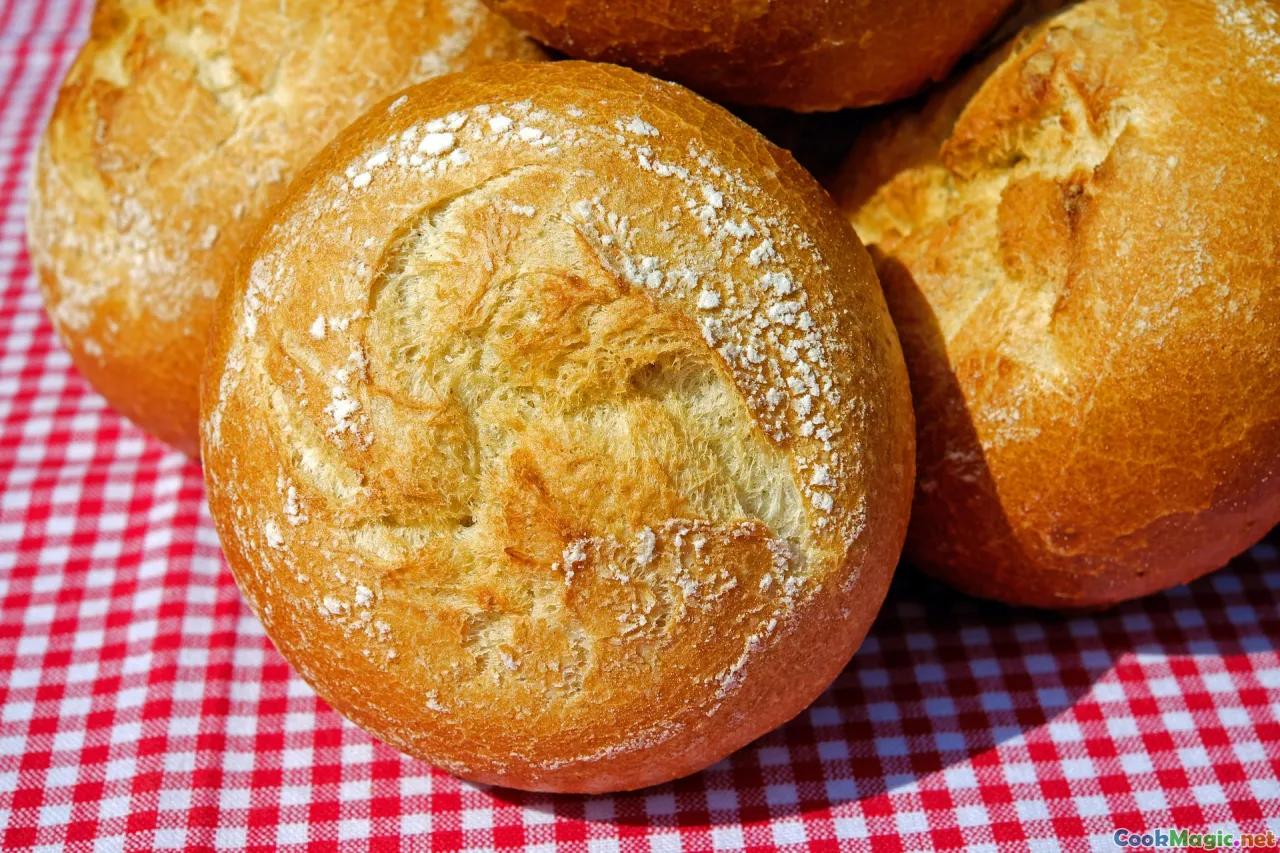
- Skin not crisp: Likely too much surface moisture or overcrowding. Next time, dry longer and use a fan. A pinch of baking powder in the scalding liquid helps. During roasting, ensure good airflow and avoid high humidity.
- Color too pale: Brush a whisper-thin additional glaze for the last 15 minutes; raise heat. If you skipped red yeast rice powder, don’t expect a brick-red hue—aim for deep brown.
- Color too dark: Your glaze was too thick or your oven too hot. Shield with foil and reduce temp. Add water to the pan to moderate heat.
- Meat underdone at joints: Give it more time at 175°C / 350°F. Check that your thermometer tip is in the thickest part without touching bone.
- Meat dry: Overcooked or too lean a duck. Next time, lower the finishing temp and rest longer. Also resist carving before a full 20-minute rest; the juice needs to redistribute.
- Glaze sliding off: Skin too slick. Pat dry thoroughly and let the first coat air-dry in the fridge before roasting.
- Smoke alarm symphony: Place a layer of salt in the drip pan to absorb fat. Clean the oven beforehand and ensure the water pan has enough water.
Beyond the Kitchen: Where to Taste Benchmark Roast Duck

When travel calls—and benchmarks teach—seek out these spots:
- Joy Hing Roasted Meat (Wan Chai, Hong Kong): Crowded, cash-only charm with duck that tastes like a spice chest exhaled. Watch the carvers; their rhythm is a tutorial in itself.
- Yat Lok (Central, Hong Kong): Famous for goose, yes, but their duck sings too: emphatic glaze, a firm bite, and sauce over rice that feels like a hug.
- Tai Hing (various locations, Hong Kong): A chain that delivers reliable roast duck with an accessible style—good for calibrating your home results.
- Tao Tao Ju (Guangzhou): Historic dining hall energy and a siu mei counter that demonstrates balance in seasoning and a glistening, tight skin.
- Neighborhood siu mei stalls in Sham Shui Po: The kind with fogged glass and a constant line. The best measure: how quickly the birds turn over. Faster turnover equals fresher, crisper skin.
If you can’t travel, many metropolitan Chinatowns host hidden gems. The test: ask for a half duck to-go and eat a slice before leaving. Listen for the skin.
Cultural Threads: From Market Stalls to Family Tables
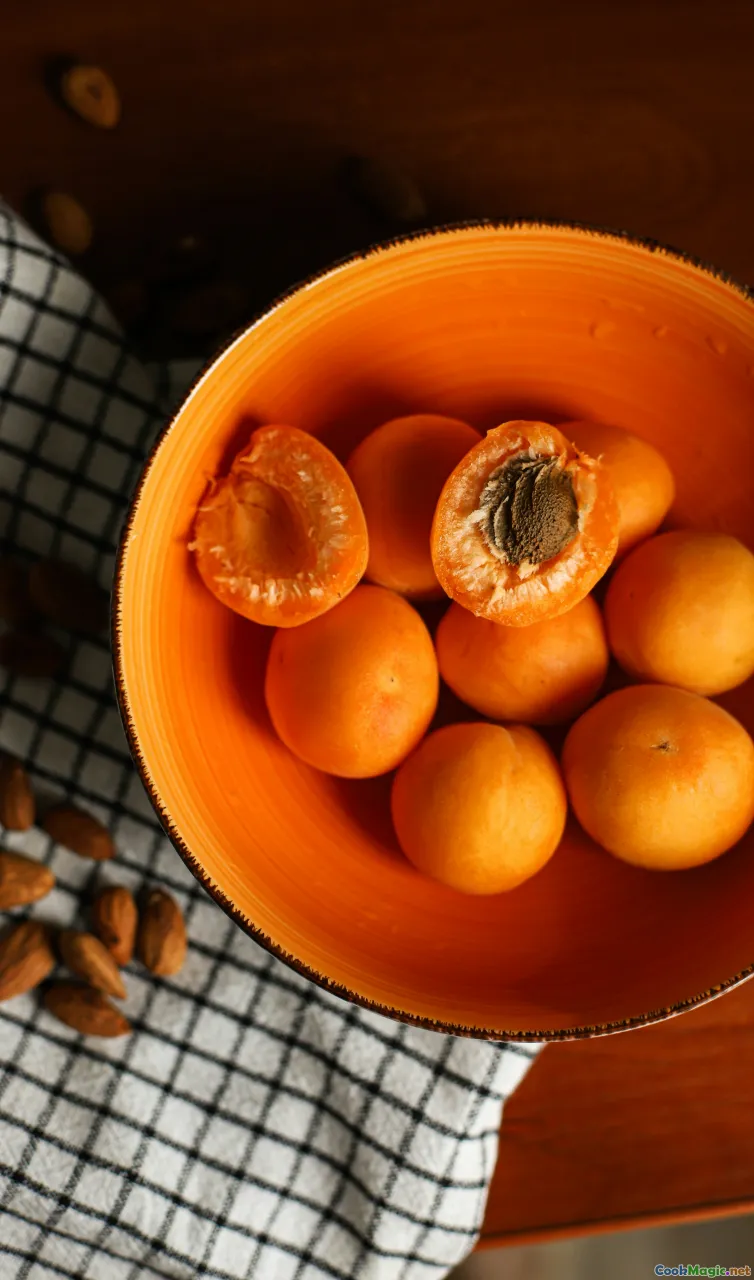
Cantonese roast duck is a conversation between market pragmatism and home comfort. My grandmother saved tangerine peels all winter, slit and splayed like orange butterflies on the radiator until they turned brittle and perfumed the room. Those peels went into soups and marinades, and always into duck. She said chen pi “wakes the meat.” In Guangzhou markets, spice vendors sell jars of peels labeled by age—older ones smell deeper, like a library of citrus. Uprooted, I learned that even a peel dried on a windowsill in a cold kitchen carries that memory.
Roast duck also thrives on adaptability. Restaurant ducks hang from hooks and roast before multi-directional heat. At home, we borrow the spirit—dry, glaze, roast patiently—and let our ovens play along. The result isn’t a compromise; it’s a conversation with the original. You don’t need a streetside glass case to honor that balance of sweet, salty, and bright.
Pantry Substitutions That Still Respect the Dish
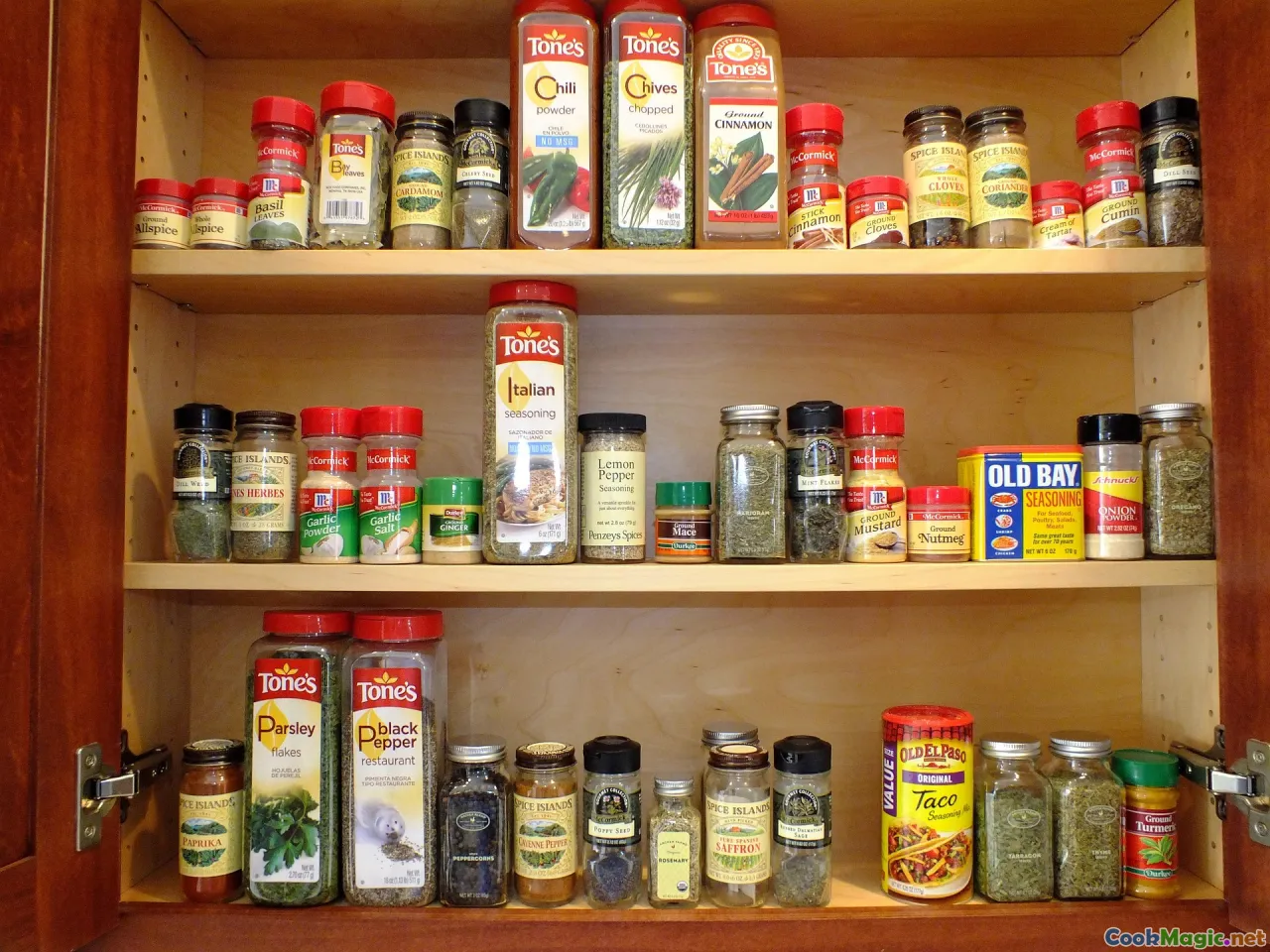
- Dried tangerine peel: Swap with fresh mandarin zest dried in a low oven; add a pinch of grapefruit zest for bitterness.
- Maltose: Blend honey with light corn syrup 2:1, add an extra teaspoon of vinegar for edge.
- Shaoxing wine: Dry sherry or even a mild sake does the job.
- Nam yu (red fermented bean curd): A bit of miso plus a pinch of sugar approximates the fermented depth.
- Sand ginger: Use regular ground ginger but go sparingly so it doesn’t shout.
These swaps preserve the arc of the flavor rather than mimicking every note exactly, which is more Cantonese in spirit than a forced imitation.
A Cook’s Notes: Texture, Sound, and Smell as Guides
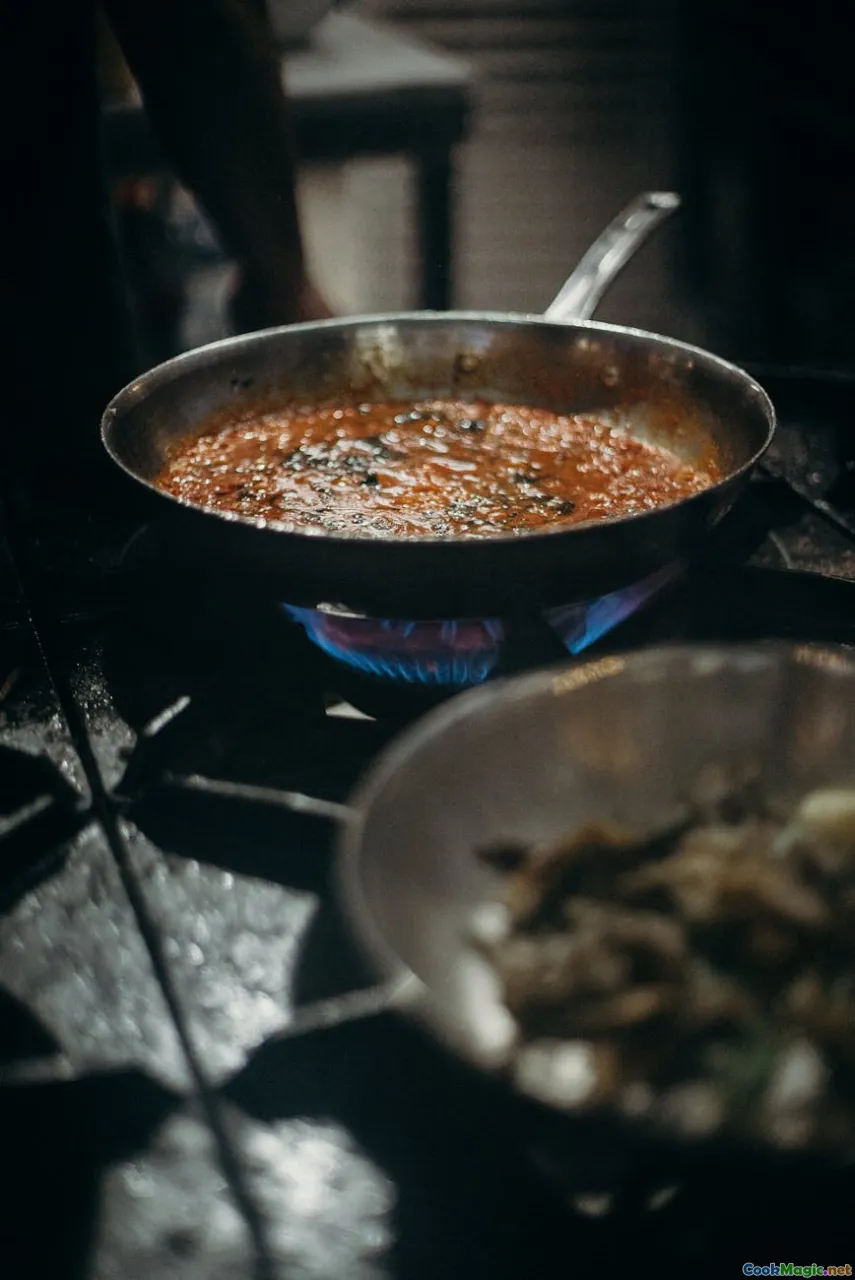
- Texture: The skin, after drying, should feel tacky like paper tape. During roasting, it tightens and lifts slightly, especially on the breast. If it bubbles aggressively, your glaze was too thick.
- Sound: A soft sizzling is good; loud spitting signals the pan is too dry. Add a half-cup of water to the drip pan.
- Smell: You’ll first smell sugar, then spice. If you smell acrid smoke early, the oven is too hot or the pan is dry.
- Sight: Deep brown with ruby undertones when using red yeast rice. Without it, aim for even chestnut. Pale wings are normal; touch them up at the end if you care about uniformity.
A Short Comparison: Cantonese vs. Beijing vs. Sichuan Duck
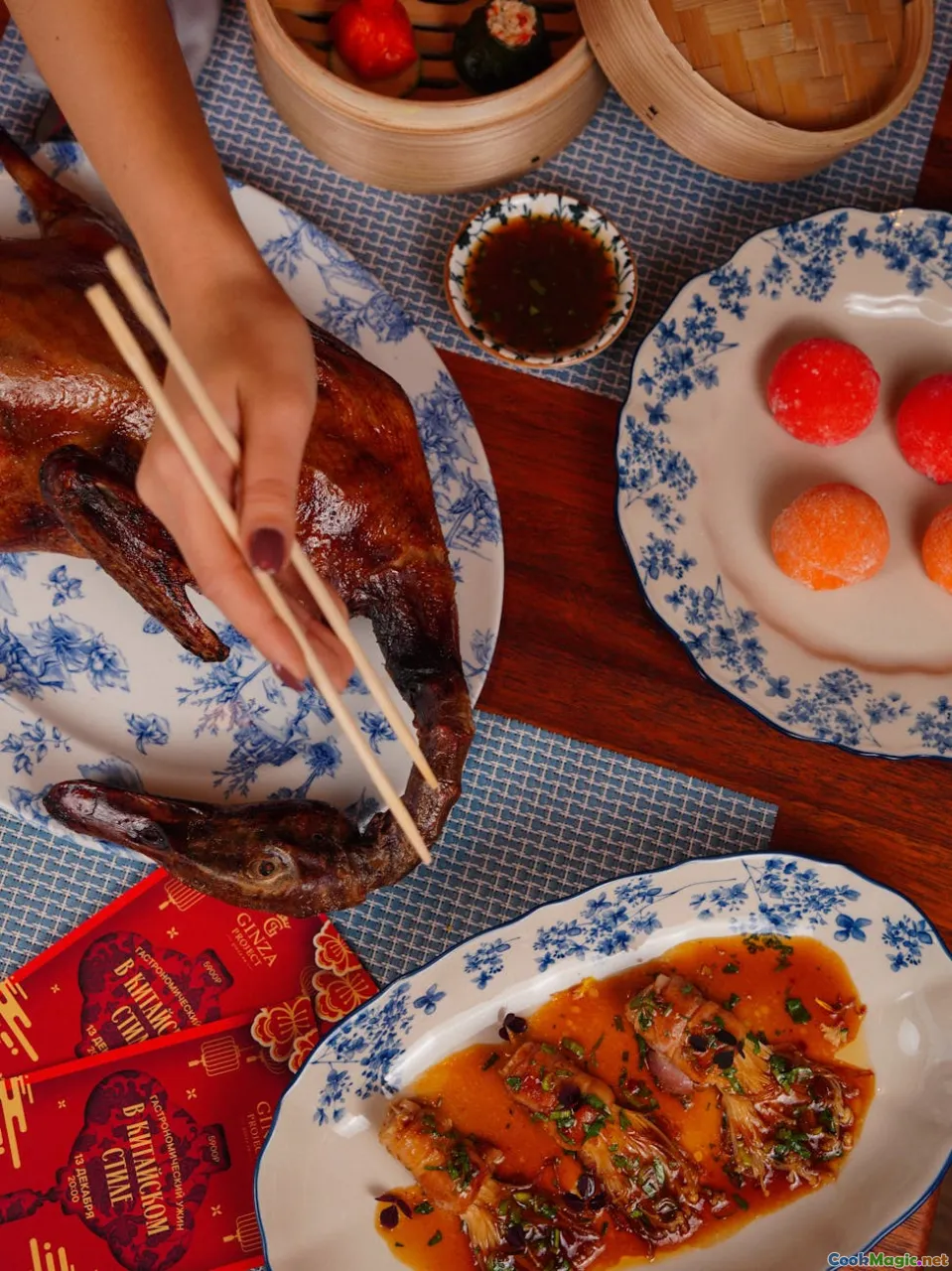
- Cantonese: Spice-led, soy-kissed, glazed, and juicier meat meant to mingle with rice and sauces. Cooked with a sweet-tart lacquer. Often stuffed with aromatics.
- Beijing: Emphasis on crisp skin served with pancakes, scallion, cucumber, and sweet bean sauce. Air-inflated skin and hung in a special oven for even heat.
- Sichuan (as in tea-smoked duck): Spicy, aromatic with camphor wood and tea smoking, often deep-fried to finish; more assertive heat and numbing peppercorns.
Recognizing these differences helps you lean into the Cantonese identity rather than chasing a hybrid.
A Home Kitchen Case Study: Two Ovens, Two Results
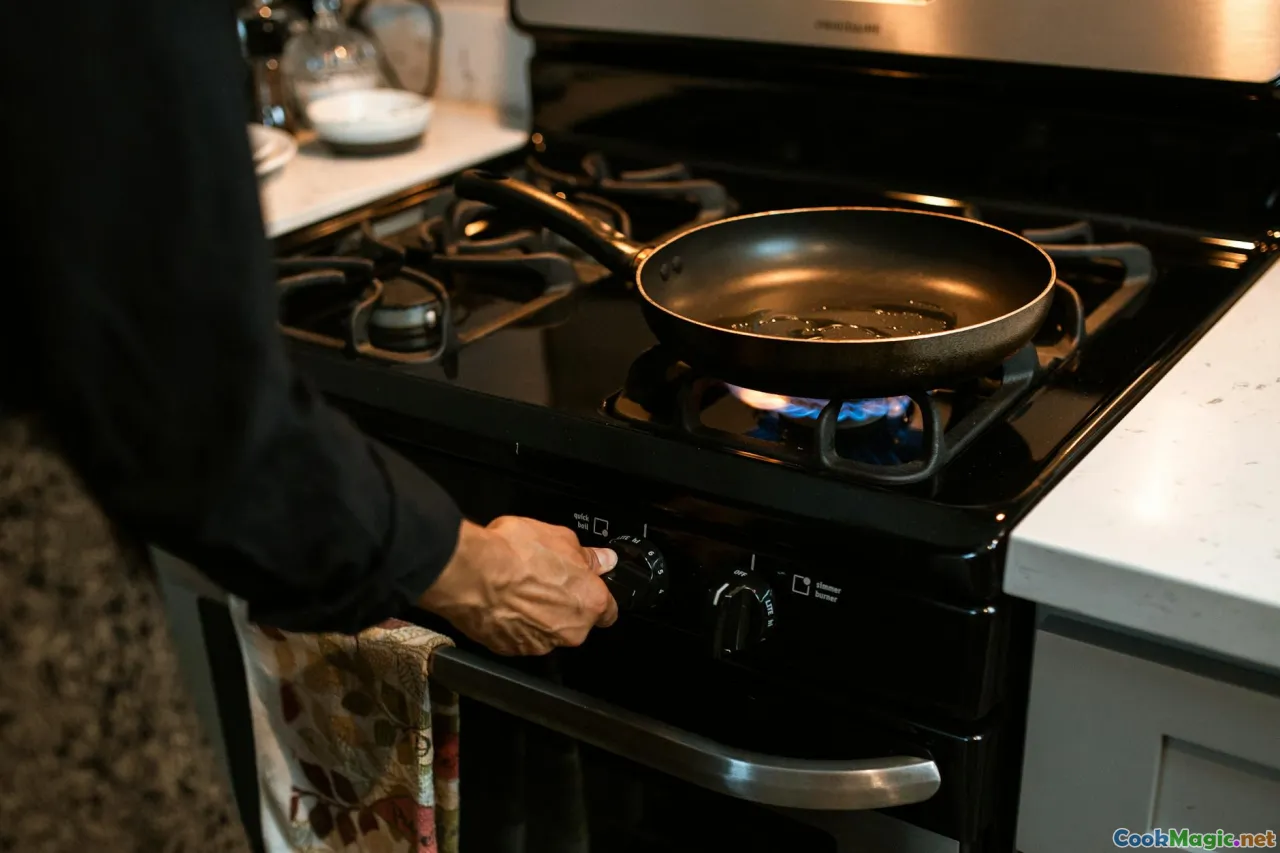
In one test, I roasted identical ducks in two apartments:
- Oven A: Older, no convection, hot spots on the right. Result: Slightly darker on the right thigh, skin crisp but less even. Fix: Rotate halfway through both horizontally and front-to-back; shield the right wing tip.
- Oven B: Newer, convection. Result: More even browning and faster rendering. Fix: Lower final step by 10°C to prevent over-browning.
Both ducks were delicious. The key is responding to your oven’s personality: rotate, shield, and listen.
A Note on Red Color and Tradition

That glowing mahogany with hints of red you see in shop windows is partly from maltose caramelization and partly from colorants like red yeast rice or even food coloring in some shops. At home, red yeast rice powder adds a gentle ruby tint and a whisper of fermented aroma, but it isn’t required. Don’t pursue color at the expense of taste. Acrylic red with burnt sugar is no triumph.
Safety and Sanity: Handling Fat and Heat

- Use long tongs and an oven mitt you trust. Duck fat gets enthusiastic.
- Pour rendered fat through a fine mesh into a jar while warm, not hot. Store in the fridge; use for potatoes, eggs, or stir-fries.
- Mind the drying step in the fridge: Keep the duck away from ready-to-eat foods and place on a bottom shelf on a tray.
- Ventilation: Duck can smoke. Open a window, run the exhaust. A small bowl of vinegar on the counter absorbs lingering smell.
The Recipe, Condensed
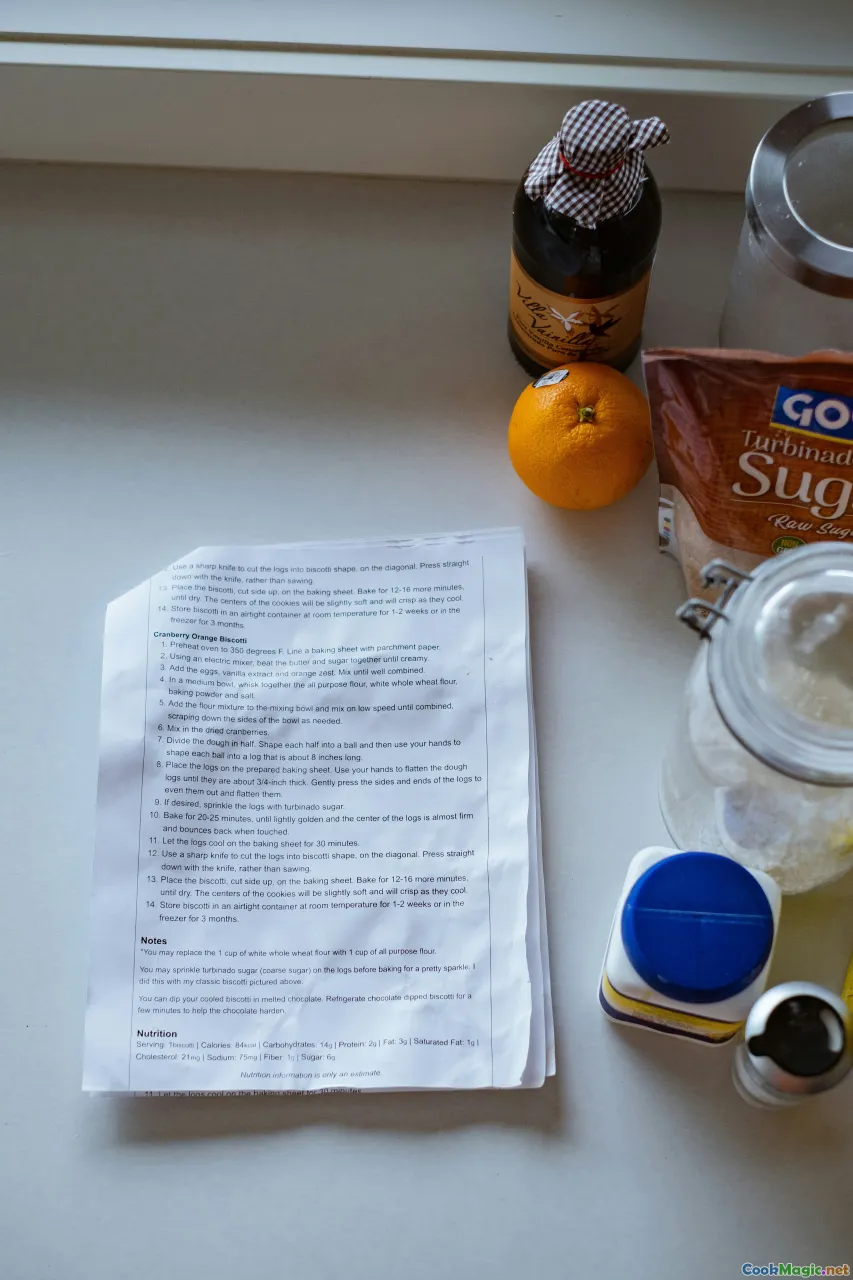
- Day 1: Trim, salt, marinade cavity (with soy, wine, oyster sauce, spices, chen pi), scald skin (vinegar, soy, sugar, baking soda in water). Dry 12–24 hours uncovered.
- Day 2: Brush thin maltose-vinegar-wine glaze. Chill 1–2 hours. Roast 425°F 20 min. Lower to 350°F 40 min. Flip breast-down 20 min. Flip breast-up; finish at 400°F 15–20 min until 165–167°F thigh.
- Rest 20 min. Carve into leg sections, wing joints, and breast slices. Serve with plum or kumquat sauce and ginger-scallion dip.
Once you’ve done it twice, this becomes muscle memory—fewer measurements, more intuition, more pleasure.
Little Luxuries That Make It Sing
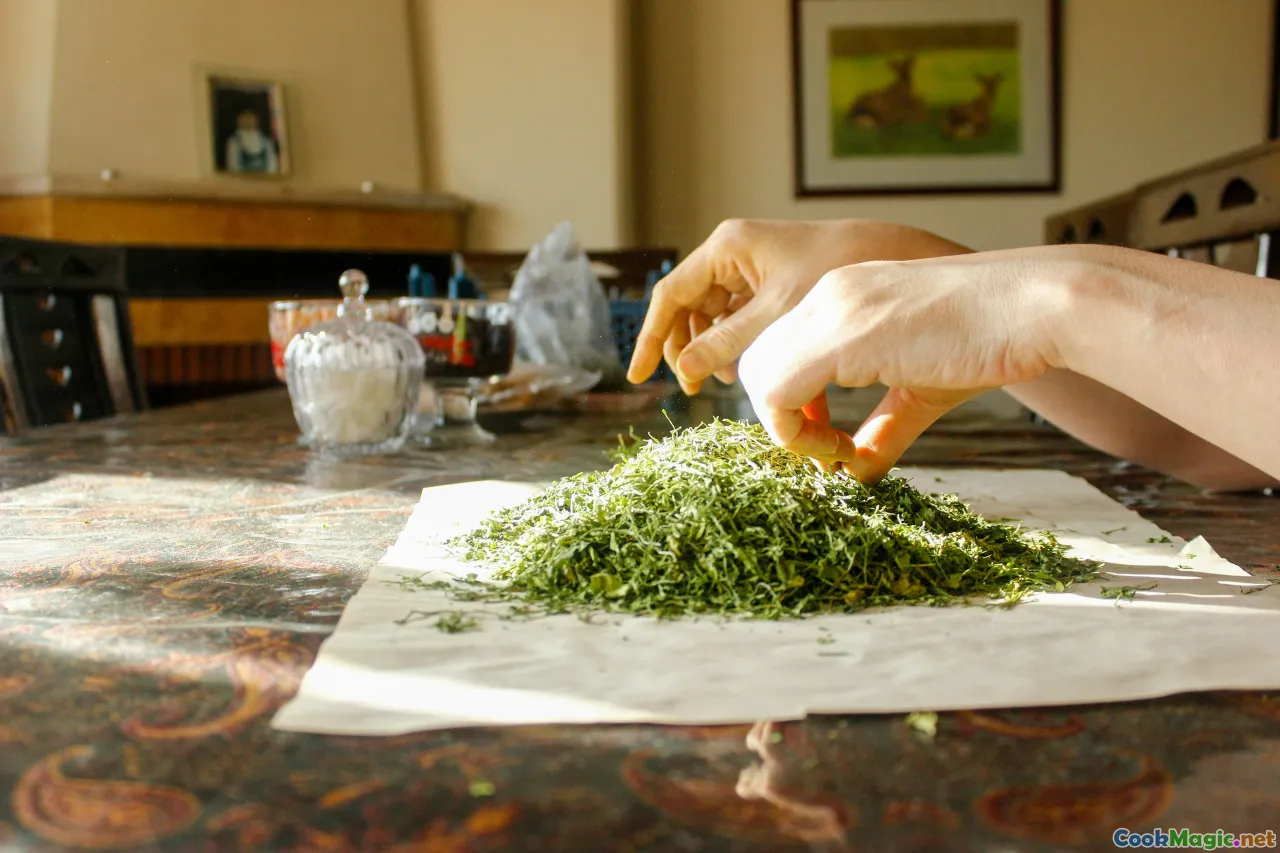
- Warm plates: Hot skin chills fast. Serve on warmed plates.
- Citrus steam: Throw a strip of chen pi in the roasting pan’s water for a last-minute lift that perfumes the kitchen.
- Rice drippings: Ladle the pan juices over rice with a splash of boiling water to make a quick “duck jus.”
- Bitter green counterpoint: A handful of watercress or blanched bok choy around the platter cuts richness and adds emerald contrast.
My Grandmother’s Peel

I can still see the clothesline in my grandmother’s kitchen strung with laundry and food: noodles draped like silk and tangerine peels clamped with clothespins. She would tap each peel, listening for the right stiffness—papery, with a thrum if you flicked it. When she cooked duck, she didn’t measure so much as hum. The hum changed when she crushed the peel and brought it to her nose. If it made her eyes half-close, it was ready.
I don’t have her hum, but I have her peels—carefully labeled jars, their contents darker by the year. In winter, I strip fresh peels, dry them on the heater, then hide them behind spice jars so I won’t be tempted to use them too soon. A year turns the peel into a different spice altogether: less shouty, more composed. Slip one into the duck’s cavity and it gives the meat a halo. No one at the table knows precisely why the duck tastes like it came from a good shop. But they notice that it tastes like home.
Why This Dish Sticks With Us

Cantonese roast duck survives in memory because it engages every sense and anchors a table. The skin contrasts like candy against velvet meat. The smell is a map—anise, citrus, soy, and faint smoke marking a route through kitchen, market, and street. The color promises celebration even on an ordinary night. Most of all, it’s a dish that’s generous: one bird feeds a crowd, and what it leaves behind feeds you again.
Make it once and you’ll learn your oven’s language. Make it twice and you’ll learn patience’s reward. Make it on a rainy afternoon, and the hallway outside your kitchen will smell like Wan Chai for an hour. You’ll hear the crinkle as your knife meets the skin, watch steam lift into the light, and taste that sweet-savory brightness that only Cantonese roast duck delivers. Your table will quiet for a moment. That’s when you’ll know you’ve brought a bit of the siu mei window home.









